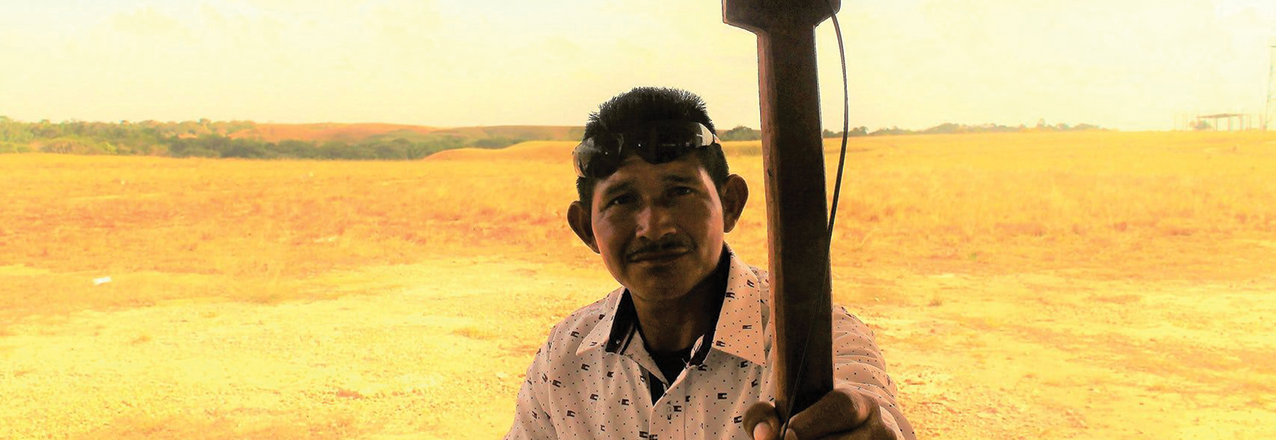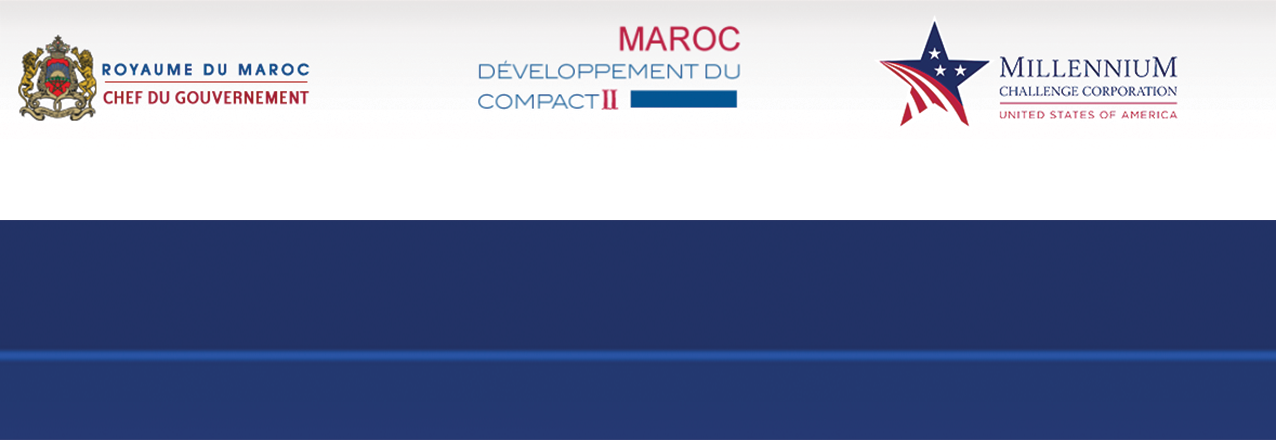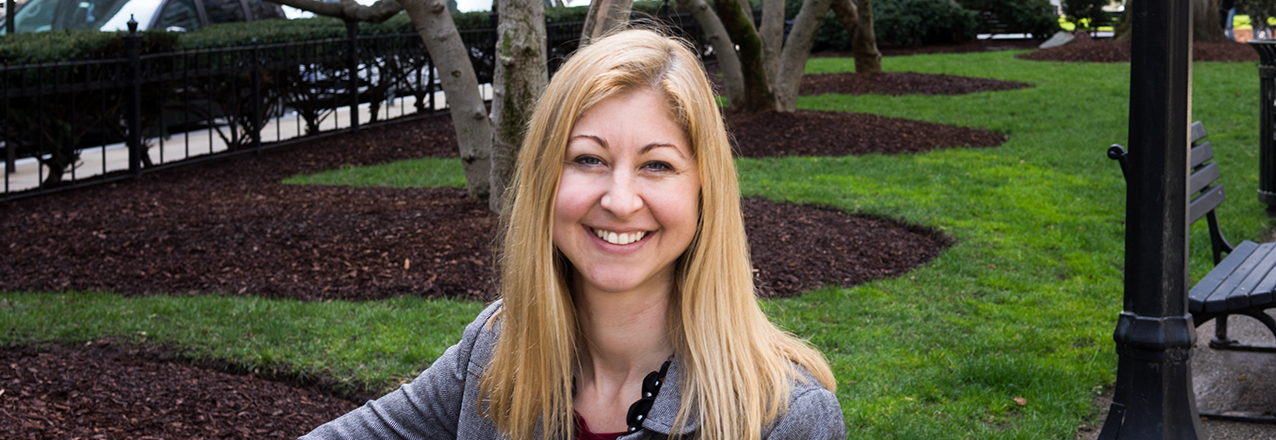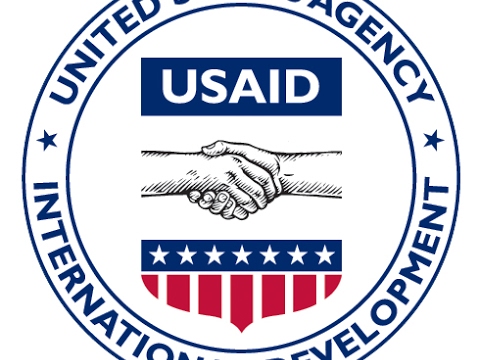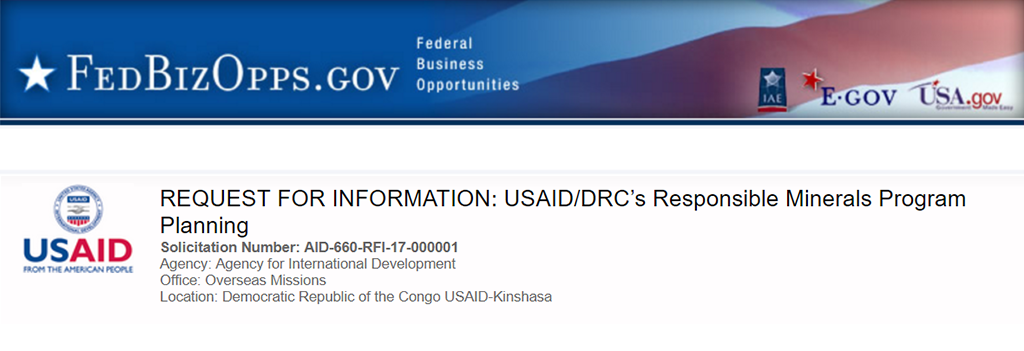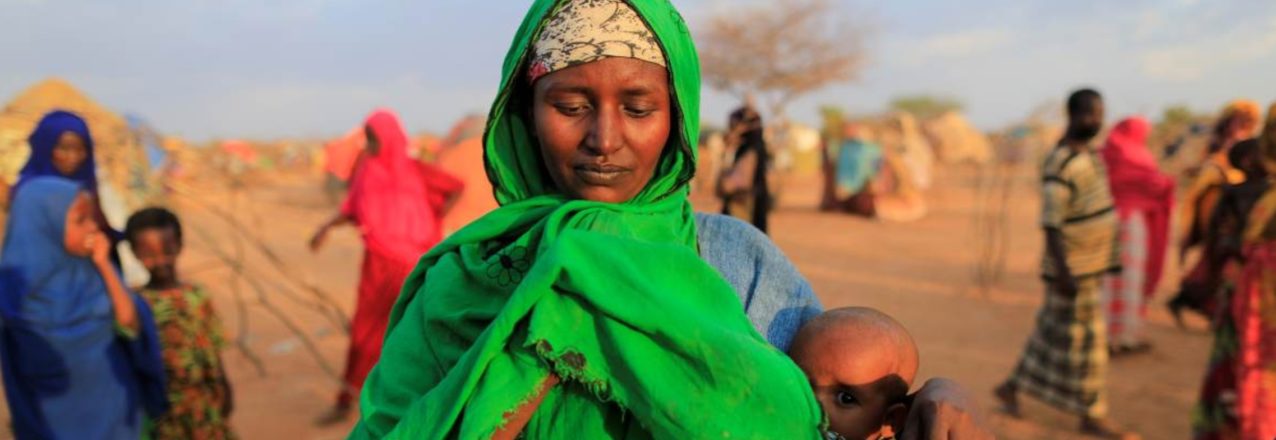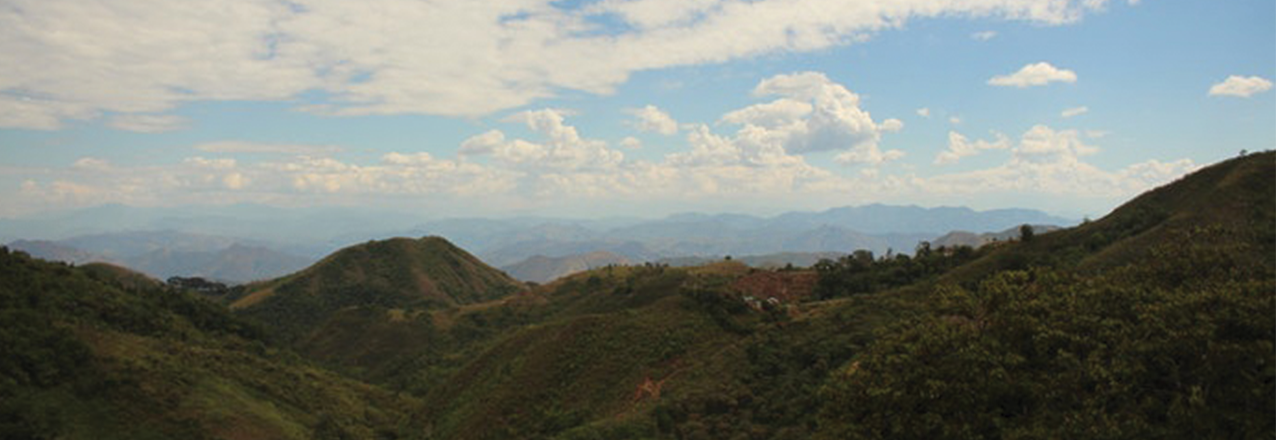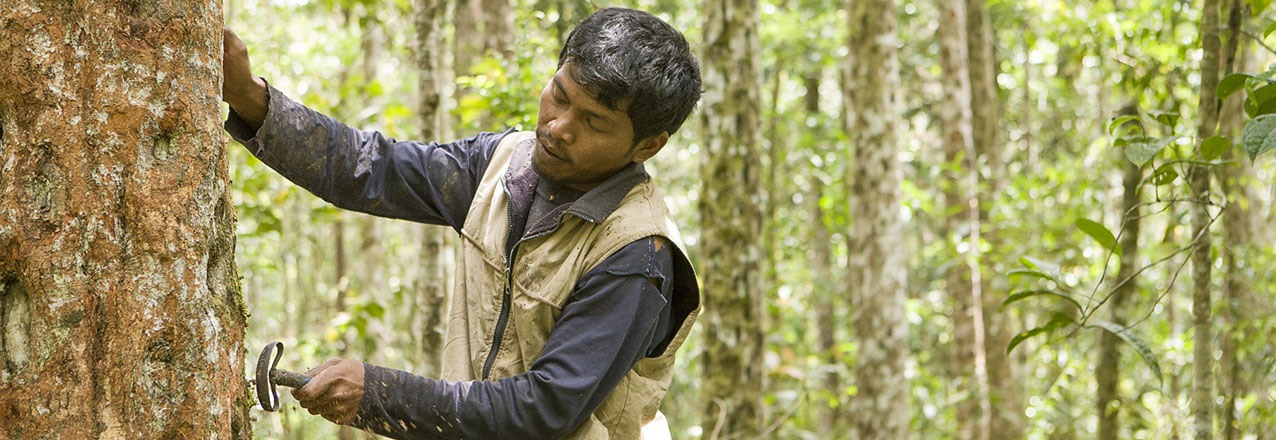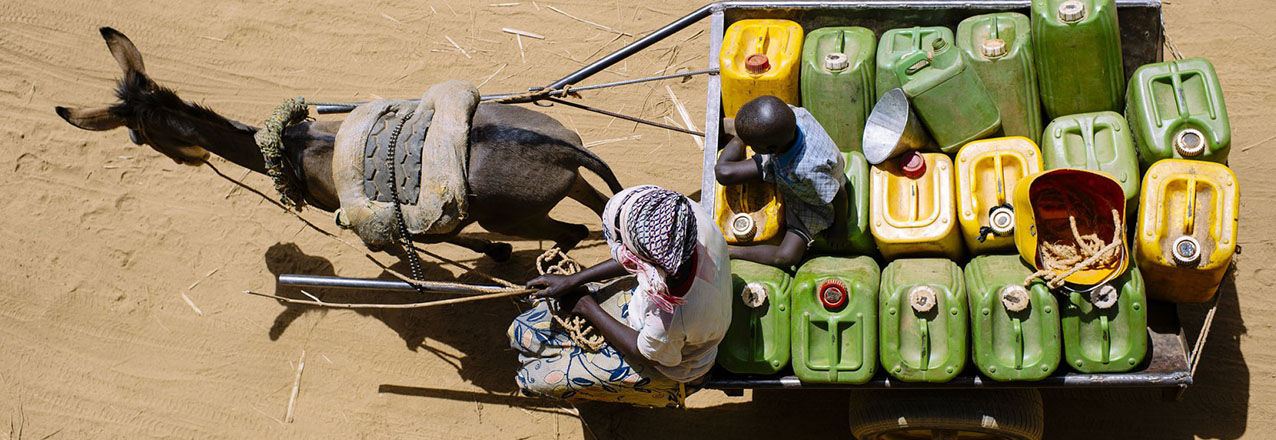Tell us about yourself.
I have worked on sustainable investment and innovative finance for over 12 years – first, as a Peace Corps Volunteer growing community-based businesses in Belize; then as a management consultant to organizations in the United States, Colombia, and Spain; then designing financial mechanisms to encourage deforestation-free investments in Brazil and Colombia; and now at USAID. Throughout my career, I repeatedly come across uncertain property rights as a major barrier to offering finance to many landholders. Thus, I was excited to jump squarely into this field two years ago when I joined the Office of Land and Urban.
I am currently leading research into the connection between stronger land tenure and access to finance and participation in land markets. We are adding to the body of evidence on these links, with data from our impact evaluations in Zambia. I also lead our office’s engagement with the private sector on responsible land-based investment, which includes pilots with Hershey’s, ECOM, Illovo Sugar, and the Moringa Partnership. Finally, I am thrilled to be launching a new investor survey on land-based risks, costs, foregone investments and mitigation strategies. These efforts will foster opportunities for American economic interests while bolstering land and resource rights for local people.
Why is land tenure/property rights important to your work at USAID?
Weak property rights is one of the most limiting factors to achieving USAID development objectives including economic growth, peace and security, and democratic governance. In fact, it is estimated that 70 percent of land is unregistered in the developing world.
How can we expect farmers to invest in better technology, irrigation infrastructure, mixed crop systems or other improvements if they are not certain they will have access to or control over the land next year or in ten years? How can we work with investors – from small business owners to multi-national companies – to enhance productivity, create new jobs, etc. when they are forced to spend scarce resources defending their infrastructure by building fences, employing security teams or defending court cases?
It is critical that our programs incorporate land and resource governance components in order to achieve USAID development objectives, guarantee the long-term sustainability of our interventions, and ideally, work us out of a job.
Many people think of land rights primarily in connection to agriculture and rural development. What is the connection between land tenure and property rights and other development issues, like responsible land-based investment?
Strong property rights are essential building blocks for all facets of sustainable development and all sectors. I cannot think of a single type of land-based investment for which clear and enforceable land rights is not paramount. For agriculture, land rights for family farmers or large plantations are both critical. In fact, we are currently working with Illovo Sugar to participatory map and document the land near their plantation in Mozambique so farmers’ confidence that their land will not be encroached upon by others increases and so the company knows how much sugar will be supplied to its mill in coming years. Likewise, documented rights to land is one of the most critical components of any energy investment decision – on par with a power purchase agreement. For forestry investments, often nothing moves forward unless land rights are 100 percent clear for the life of the project, which is usually at least eight or ten years, if not longer.
And this makes sense of course. But I want to point out that responsible land-based investments go beyond acquiring legal rights to develop land: they also respect the legitimate land and resource tenure rights of people who derive benefit from the land in or near proposed investment sites. That can include, for example, farmers, pastoralists, hunters and others who use the soil, water, trees, grasses and other resources for their economic, social, recreational or other purposes. Whether their rights are rooted in statutory law or customary governance systems, they are legitimate and should be respected by investors. And ideally, investments will be structured to not only do no harm to such persons but will also provide additional benefits to them.
What is the role of USAID’s E3/Land and Urban Office?
E3/Land and Urban plays a number of roles. First, we support USAID missions around the world and other operating units here in Washington to achieve development objectives by integrating land and resource tenure into programs. Second, we foster technological and other innovations in the land sector such as our Mobile Application to Secure Tenure to continue pushing the envelope on what’s possible in the land sector. Third, we are a leader in building the evidence base for effective land programming by conducting rigorous impact evaluations and performance evaluations of USAID and other land programs. Fourth, we communicate our research findings and that of our partners and other donors to USAID colleagues and the land community at large through our newsletters, blogs, media scans, Land-Links, etc. Fifth, we build the capacity of USAID to strengthen property rights via our Massive Open Online Course and other trainings.
What are some of your biggest accomplishments in the land sector?
I am most excited about the innovative, pioneering initiatives that we are leading to focus our approaches to strengthening land and resource rights.
For instance, we are launching an investor survey on land-based risks, costs, foregone investments, and mitigation strategies. The results of the survey will demonstrate how/if investors measure and price land-based risks in their pro formas and other analyses, quantify the costs of “projects gone wrong” as well as the value and location of foregone investments because of land issues, and present case studies of successful land-risk mitigation strategies. The survey report will be incredibly useful to (1) make the case to governments that clear, enforced land rights are essential to attract responsible investment, and (2) show investors that the responsible investment is both financially attractive and possible via case studies of successful land-based investments. Furthermore, this initiative will assist us in building productive partnerships with the private sector to increase responsible land-based investments that protect legitimate land rights and provide tangible benefits to local landholders.
Final thoughts?
People assume that land-based investments negatively impact local people but are worth these costs because of the larger development goals they hope to achieve – e.g., providing electricity to or growing food for thousands of people. However, I firmly believe that even large-scale land-based investments can help lift local people out of poverty by creating direct benefits to them, and we are working to uncover successful case studies of such projects. For example, Brookfield Renewables and the ‘Namgis First Nations tribe in British Columbia formed a joint venture to create a run-of-river hydroelectric project that generates revenue for the tribe via their ownership stake, finances their Community Benefit Fund, and gives them preferential employment opportunities. I love talking about this project in particular because the ‘Namgis stake was borrowed – in other words, the community did not put up the capital to develop the project; instead, they paid back their ownership stake via their returns once the project was up and running. This is a model that is theoretically feasible in any community or nation.
This project has been successful because the traditional land rights of the ‘Namgis were recognized and respected, the ‘Namgis were treated as a true partner in the development of the project, and their environmental and social concerns were heard and addressed. The project protects several salmon and trout species by, for instance, stopping to divert water when river flows would fall too low to support the fish population, and the project occasionally shuts down operations to allow for river recreation activities, such as white water rafting. My goal is for these kinds of win-win land-based investments to become the norm rather than the exception.


